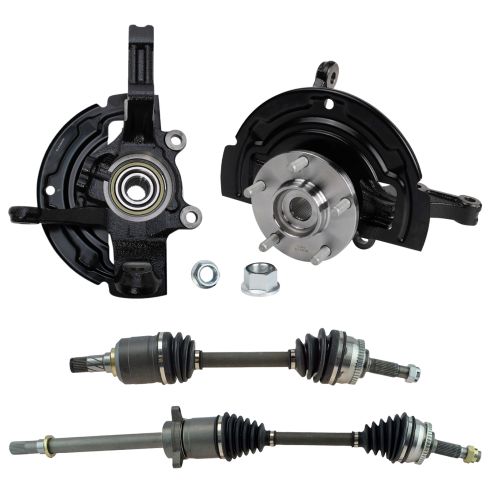1AAHK00224-2002-06 Nissan Altima L4 2.5L Automatic Transmission Front Driver & Passenger Side 4 Piece Drivetrain Kit TRQ PSA27202

Replaces
2003 Nissan Altima L4 2.5L Automatic Transmission Front Driver & Passenger Side 4 Piece Drivetrain Kit TRQ PSA27202

Product Reviews
Loading reviews
5.00/ 5.0
1
1review
April 11, 2023
Good product
Customer Q&A
No questions have been asked about this item.
Nissan is a registered trademark of Nissan Motor Co., Ltd. 1A Auto is not affiliated with or sponsored by Nissan or Nissan Motor Co., Ltd.
See all trademarks.


















